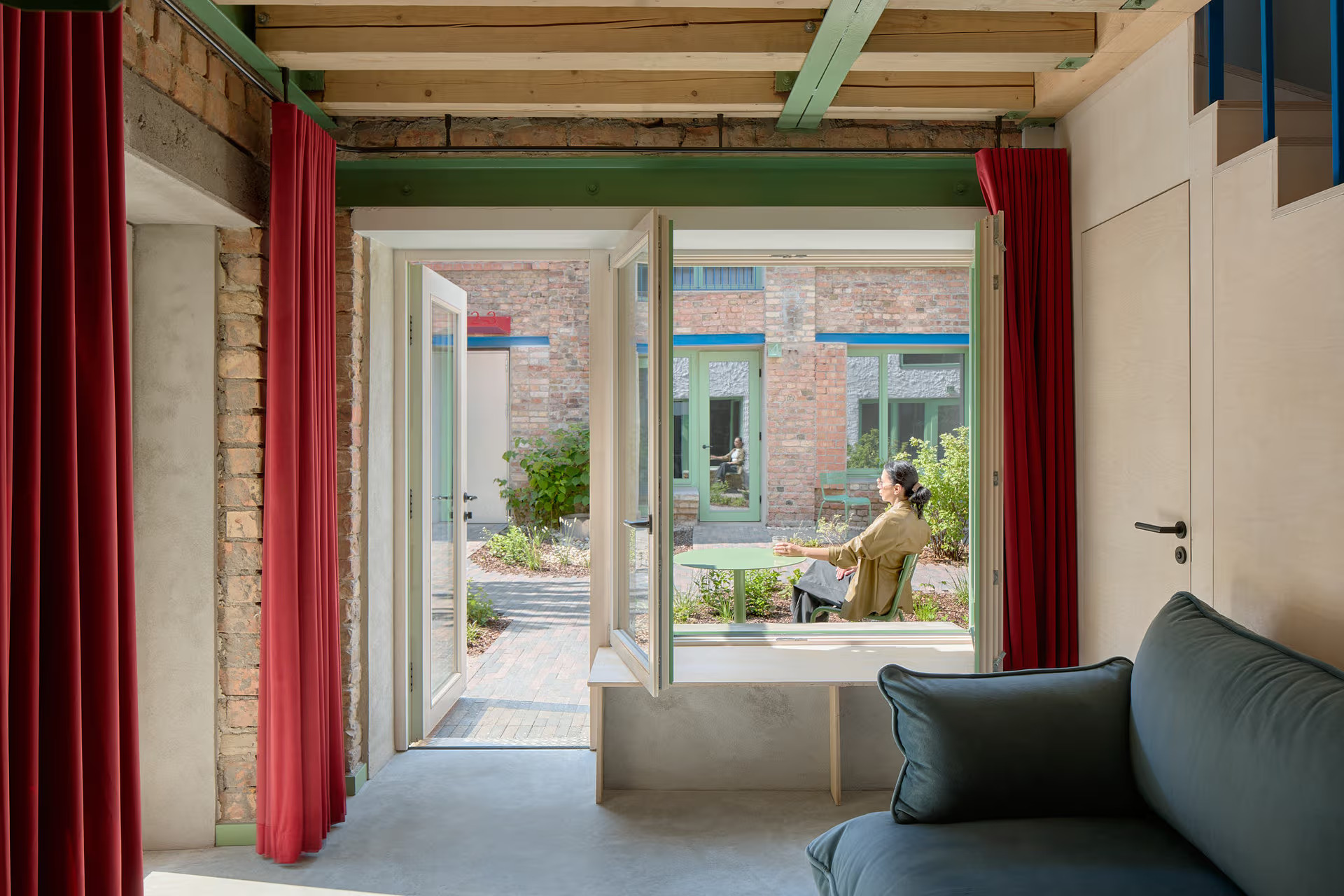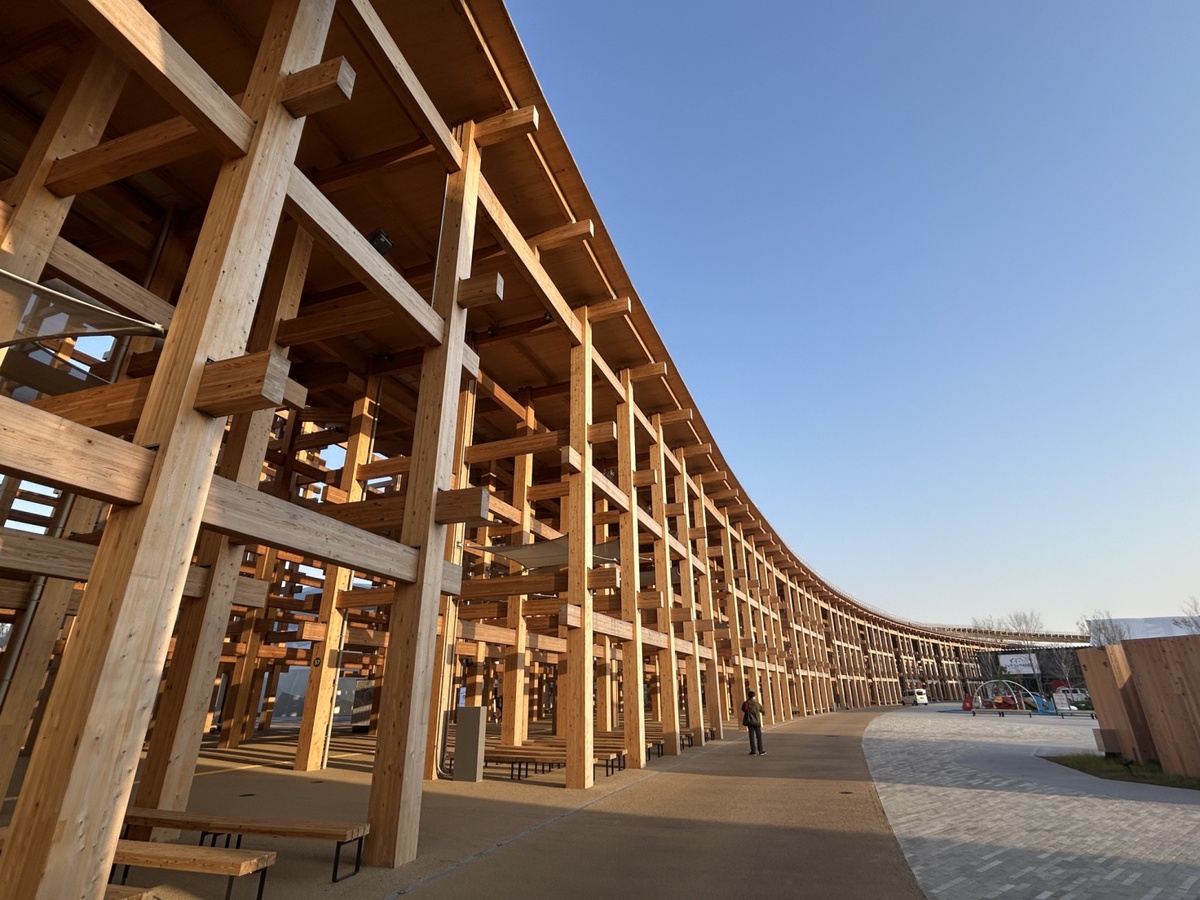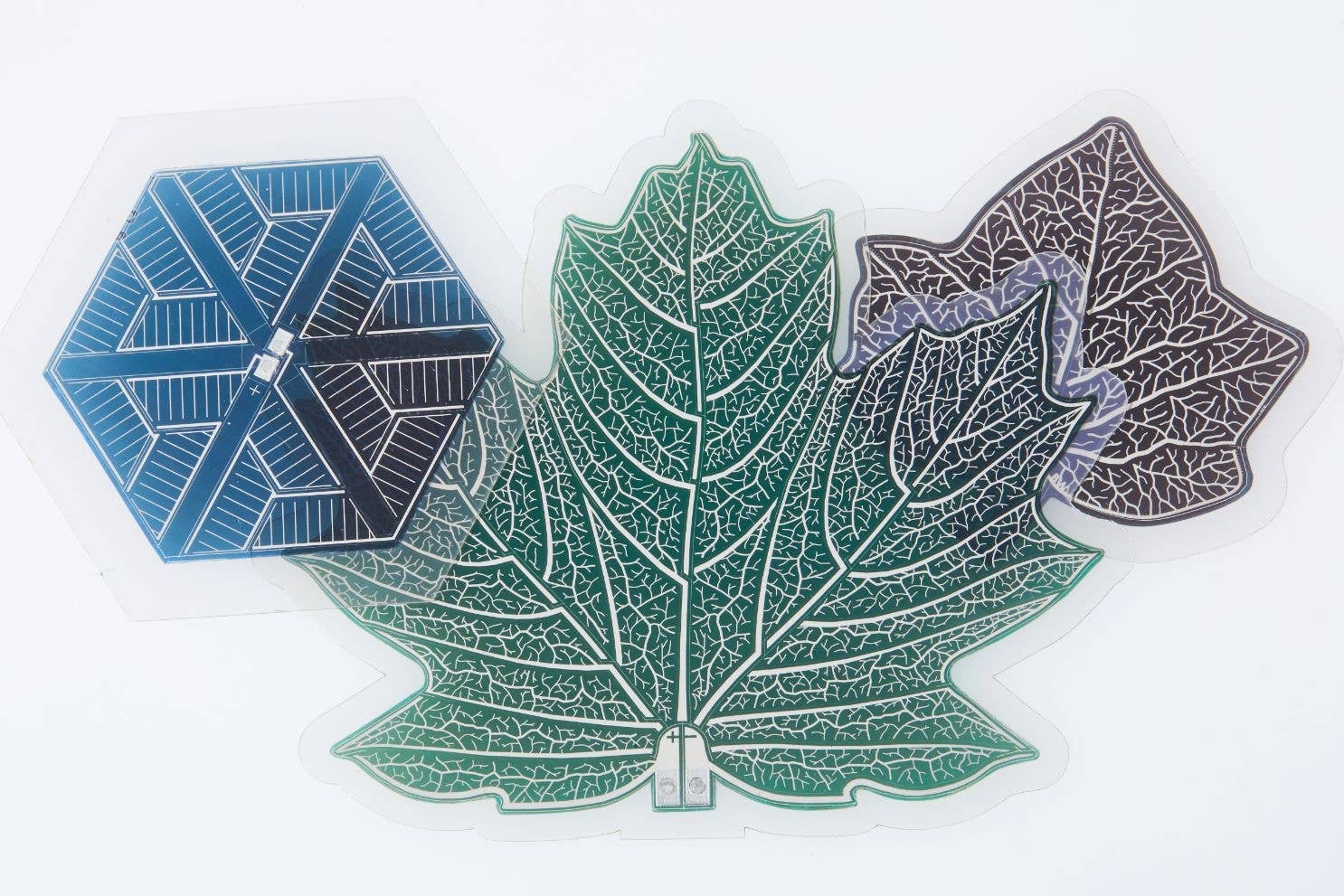
Expo 2025: 3 materials for the architecture of the future
This year, Osaka (Japan) hosted Expo 2025, focusing on the theme ‘Designing a future society for our lives’. An invitation to reflect on the construction of international communities capable of supporting individual ideas, valuing people and combining tradition, creativity and innovation for a sustainable future.
The theme primarily concerns architecture, which interprets this message through the merge between craftsmanship and innovation, with the aim of reducing environmental impact through reuse practices, removable structures and smart materials.
Materially’s advisory team, which supports companies in their search for innovative and sustainable materials, has selected three proposals from the Material ConneXion database that encourage reflection on the future of design and architecture.
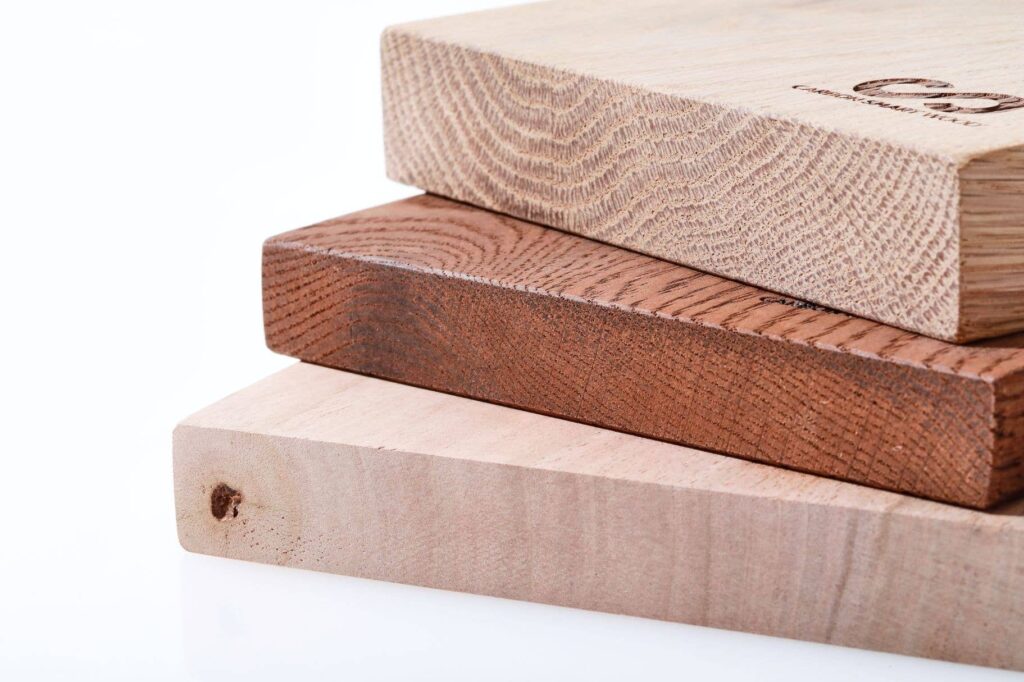
One example are tiles made from wood recovered from fallen urban trees, thus preventing them from ending up in landfills. The company works with Meryland’s arborists and forestry companies to collect the logs, turn them into timber and make them available to manufacturers who will then transform them into consumer goods. It is the first company to guarantee a large-scale national supply chain of local wood, thanks to a widespread network of sawmills and carpentry workshops, reducing waste, creating jobs and supporting the planting and restoration of urban trees.
The recovered timber includes white oak, English walnut and red oak that has undergone thermal modification. The latter is treated at high temperatures and under pressure to alter its cellular structure, making it more resistant to water and atmospheric agents.
The tiles can be customised in size and finish, making them ideal for furniture, flooring, exterior cladding and non-structural architectural components.
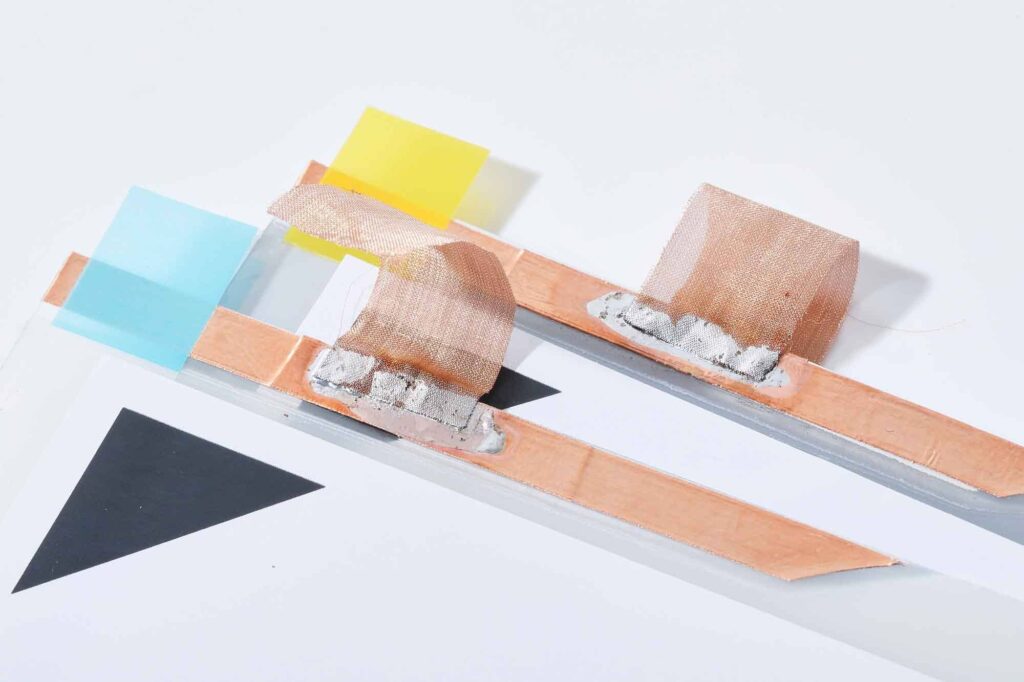
Plastic films are an innovative solution for screening light and modulating privacy levels in public and private spaces. They work thanks to technologies such as suspended particle devices (SPD) and polymer-dispersed liquid crystals (PDLC), which, when subjected to an electrical pulse, change their visual state from opaque to transparent. The intensity of the pulse regulates the amount of light passing through the surface, allowing dynamic control of lighting and privacy. When the system is off, the particles remain dispersed and the material appears opaque; when it is on, however, the particles align, making the surface transparent and allowing natural light to pass through.
SPD or PDLC emulsions are coated with two PET films, or with a conductive layer of indium tin oxide, and then polymerised using UV rays to obtain a single film. This is then laminated or applied to glass or other transparent substrates, such as polycarbonate, to form the finished product.
In this way, smart glass is redefining our relationship with light, transforming any window into a dynamic and active material.
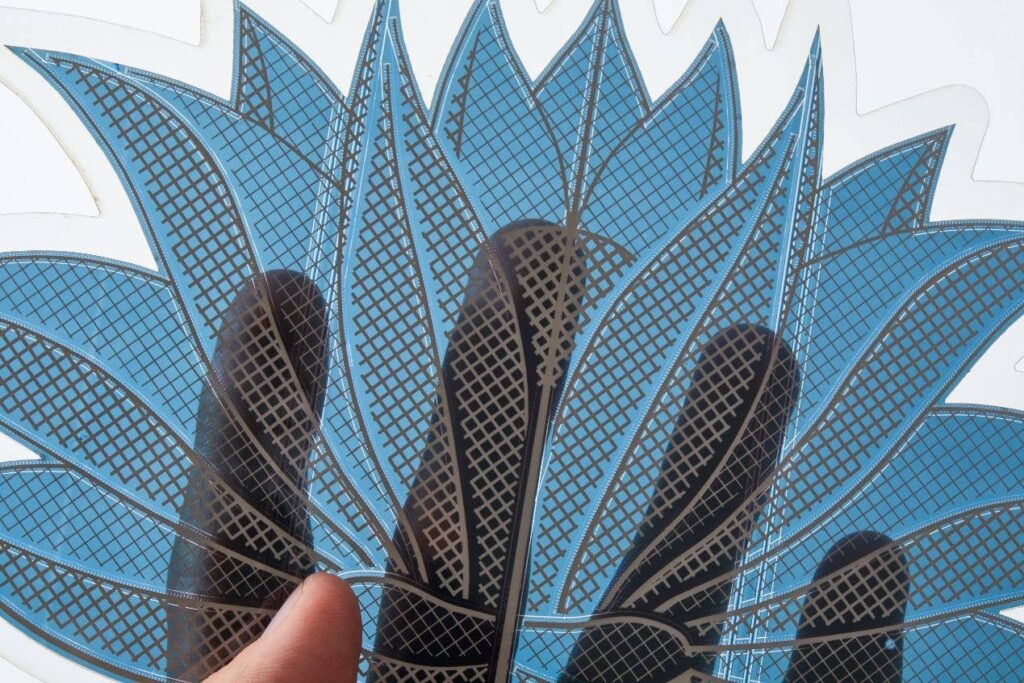
These organic photovoltaic films represent a versatile and innovative technology that can be adapted to different designs. Their main feature is customisation: they can be developed according to the substrate and intended use, making any surface energy-active, from curved to flat shapes. This opens up almost unlimited design possibilities, overcoming the traditional constraints of rigid photovoltaic panels.
The photoactive cells that make up the films are composed of organic polymers and do not require the use of silicones or heavy metals, thus ensuring a more sustainable approach. The extremely flexible material can withstand high levels of torsion (with curvatures of up to 5 cm in diameter), deformation and vibration, while maintaining its functionality intact. In addition, the films offer up to 40% transparency and a low weight of only 450 g/m², with electrical parameters that can be easily adapted to the type of application or support chosen.
Thanks to their combination of semi-transparency, lightness and minimal thickness, these films can be integrated into a wide range of materials – from glass to metal to fabrics – and can be used in architectural contexts as well as in consumer products and smart home devices.

